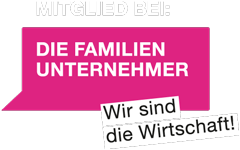A
B
C
Cover coat
Functional carrier of the external properties of the enamel coat with regard to chemical, mechanical, thermal, visual and decorative aspects. Compared to ground coats, cover coats have a lower coefficient of thermal expansion, surface tension and viscosity (otherwise mixing). The dilatometric softening point must be approx. 20 K lower than that of ground coats.D
E
- Enamel
- Enamel frits
- Enamelling (process)
- Enamelling (product)
- Enamel slip
- Engobes
- ESTA (electrostatic wet spraying)
- ETE (electrophoretic enamel application)






